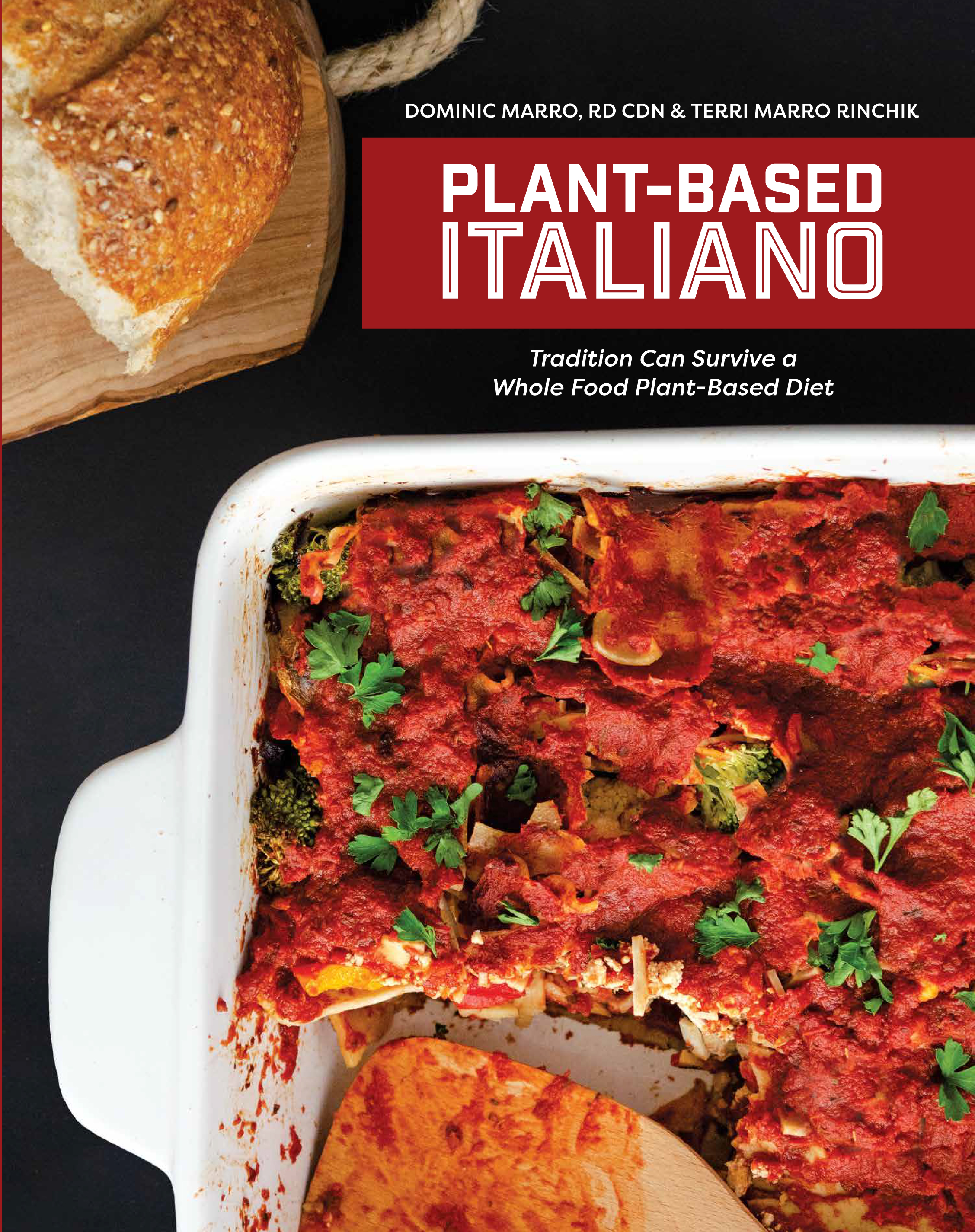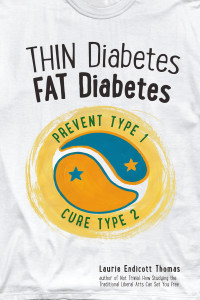Dietary acid load and risk of type 2 diabetes: the E3N-EPIC cohort study
The study was conducted by Guy Fagherazzi et al. and was published in Diabetologia on November 11, 2013.
The objective of this study was to evaluate the prospective relationship between dietary acid load, assessed with both the potential renal acid load (PRAL) and the net endogenous acid production (NEAP) scores, and type 2 diabetes risk.
Dietary acid load and nutrient intake – High-PRAL diets were characterized by a lower percentage of carbohydrates, a higher percentage of fat and a higher percentage of protein (mainly driven by a higher animal protein intake) compared with low-PRAL diets.
Plant protein intake was essentially the same between women with high and low PRAL scores. However, women from the highest group consumed 40% more animal protein.
A high-PRAL score was also characterized by higher intakes of phosphorus, calcium and sodium and a lower magnesium intake.
Dietary acid load and food consumption – With respect to specific food groups, a high-PRAL diet included significantly more meat (58%), fish (11%), cheese (88%), bread (45%) and soft drinks, particularly artificially sweetened beverages (20%), whereas a diet with a low-PRAL score included more dairy products (13%), fruit (81%), vegetables (34%) and coffee (96%).
The Authors of this study concluded that:
“This is the first prospective cohort study to show that a dietary acid load is directly associated with an increased risk of type 2 diabetes”.
They stated that from a public health perspective, dietary recommendations should not only incriminate specific food groups, but also include recommendations on the overall quality of the diet, notably the need to maintain an adequate acid/base balance.”
My comment – This study links diets high in acid load with increased risk of Type II Diabetes. It’s always important to look at studies in the context of all nutrition research done up to this point.
Mountains of evidence point to the disease protective effects of diets high in fruits and vegetables. The larger consumption of dairy products (other than cheese) and coffee among low PRAL score participants does not mean that other studies linking dairy products and coffee to chronic diseases can be ignored.
It’s also important to note that the “low acid” study participants ate a less than healthy diet. Although their fruit and vegetable consumption was much higher than the “high acid” eaters, their macronutrient intake shows that most ate amounts of fruits and vegetables far below what health and government agencies recommend. The “low acid” eaters consumed 35% of their total calories as fat and 17.3% as protein. 64% of their protein intake came from animal protein and they averaged 1.5 oz of cheese per day. Such a diet certainly is not ideal in providing protection against CAD and common cancers.
My opinion on the public health implications of this study differs from the authors.
I believe that dietary recommendations should strongly encourage fruits and vegetables to replace meat, cheese and other high fat foods. Such a diet will result in not only an adequate acid/base balance, but provide additional protection against a variety of chronic diseases.






 E Excerpt from Laurie Endicott Thomas’s amazing book Thin Diabetes – Fat Diabetes by clicking here!
E Excerpt from Laurie Endicott Thomas’s amazing book Thin Diabetes – Fat Diabetes by clicking here!
Speak Your Mind